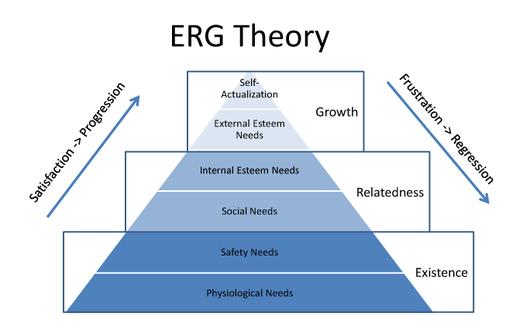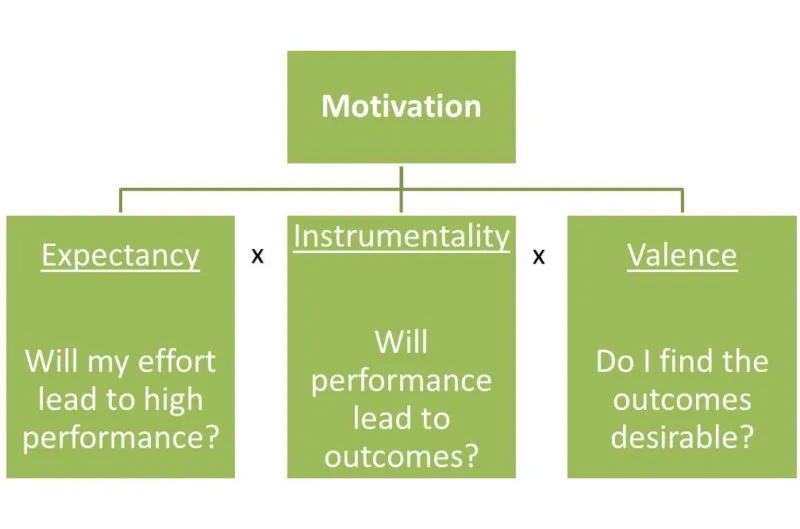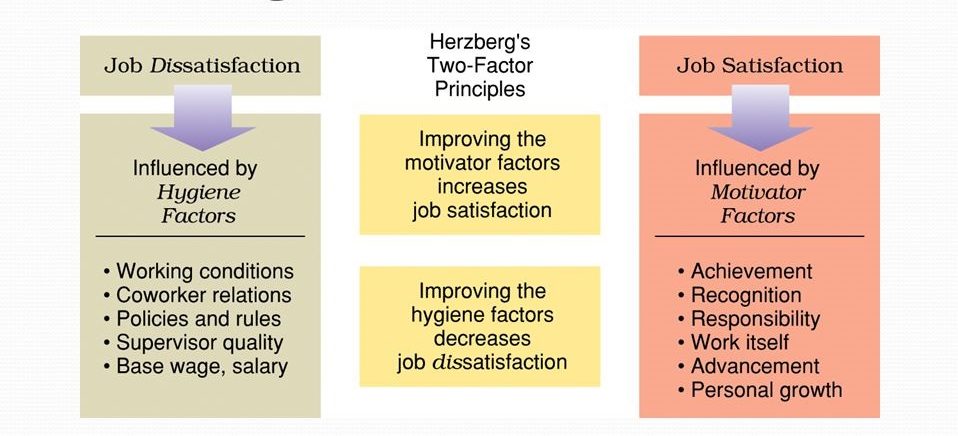Organizational structure is the internal, formal framework of a business that shows the way in which management is linked together and how the authority is transmitted. It is basically a framework used to describe the hierarchy in an organisation. Every business needs to have their own organizational structure as it helps in identifying the job at each level of an individual followed by its functions and it also assists in obtaining their own goals for development. There is a need for every type of organisation to have their own structure specially when it comes to large enterprises as it becomes difficult activities of the various departments and functions. A business will opt for an organisation structure which is best suited to them and the way they would like to be working, and the chart they create will reflect this. A flat organisation is one that has eliminated most or allContinue reading
Management Theories
Delegation of Authority – Concept, Features, Advantages and Barriers
The process of assignment of specific work to individuals within the organization and giving them the right to perform those works is delegation. Delegation of authority is one of the most significant concepts in management practice, which affects managerial functions. Management is the art of getting things done through others and delegation means to get the results through the subordinates. The expansion of business volume and diversification of line of business makes it impracticable to handle all the business by a single manager. Therefore, the concept of delegation of some managerial authority to subordinates comes into practice in present day business organizations. Here, the manager delegates some of his authority to his subordinates. This helps in developing a feeling of dedication to the work among the subordinates. The top level management plays only the role of a supervisor and visits them to provide guidance, suggestions and instructions. It minimizes theContinue reading
Theories of Motivation: McClelland’s Three Need Model
Each person tends to develop certain motivational drives as a result of his cognitive pattern and the environment in which he lives. David McClelland gave a model of motivation, which is based on three types of needs, namely, achievement, power and affiliation. They are stated below: Need for achievement (n-Ach): a drive to excel, advance and grow; Need for power (n-Pow): a drive to influence others and situations; and Need for affiliation (n-Aff): a drive for friendly and close interpersonal relationships. Achievement motivation: some people have a compelling drive to succeed and they strive for personal achievement rather than the rewards of success that accompany it. They have a desire to do something better or more efficiently than it has been done before. This drive is the achievement need. From researches into the area of achievement need, McClelland found that high achievers differentiate themselves from others by their desire toContinue reading
Theories of Motivation: Alderfer’s Existence-Relatedness-Growth (ERG) Model
Serious doubts have been expressed about the existence of the five distinct need categories, which Maslow hypothesized. There seems to be some overlapping between esteem, social, and physiological needs. Also, the lines between esteem, social, and self-actualization needs are not entirely clear. With these points in mind, Clayton Alderfer condensed Maslow’s five need categories into three sets: The existence Needs: Over here material existence requirements are mentioned. This group is the same as what has been called by Maslow physiological and safety needs. In an organizational context the existence needs are satisfied by money earned in a job and spending them to obtain foods, clothing, shelter etc. Relatedness Needs: An employee desire to maintain important interpersonal relationships with pears, superiors and subordinates in work context can be termed as relatedness needs. Relatedness for an employee in an organization context includes the need to interact with peers, receive recognition from theContinue reading
Theories of Motivation: Vroom’s Valence-Expectancy Theory
Vroom’s expectancy theory was originally developed by Victor H. Vroom, a Canadian psychologist, in 1964. Attacking Herzberg’s two-factor theory, Vroom offered an expectancy approach to the understanding of motivation. According to him, a person’s motivation towards an action at any time would be determined by an individual’s perception that a certain type of action would lead to a specific outcome and his personal preference for this outcome. Vroom’s expectancy theory consisted of two related models – the valence model and the force model. The valence model attempts to capture the perceived attractiveness, or valence, of an outcome by aggregating the attractiveness of all associated resultant outcomes. The force model of expectancy theory attempts to capture motivational force to act by associating the expectancy of resultant outcomes and their individual valences. These two models gave Vroom the opening to build his expectancy theory to the level that it is today mostContinue reading
Theories of Motivation: Herzberg’s Motivation-Hygiene Model (Two Factor Theory of Motivation)
A significant development in motivation was distinction between motivational and maintenance factors in job situation. A research was conducted by Frederick Herzberg and his associates based on the interview of 200 engineers and accountants who worked for eleven different firms in Pittsburgh area. These men were asked to recall specific incidents in their experience, which made them, feel either particularly good or particularly bad about jobs. The findings of the research were that good feelings in the group under test were keyed to the specific tasks that the men performed rather than to background factors such as money, security or working conditions and when they felt bad, it was because of some disturbance on these background factors which had caused them to believe that they were being treated unfairly. This led to draw a distinction between what are called as ‘motivators’ and ‘hygiene factors’. To this group of engineers andContinue reading



